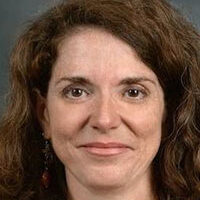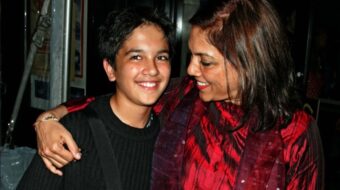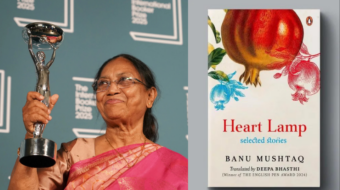PWW Editor Teresa Albano is blogging from India, where she is attending the conventions of the Communist Party of India and Communist Party of India (Marxist). The parties hold seats in the national Parliament and lead the governments in three of India’s states.
HYDERABAD, India — As I arrived at the Begumpet airport here, part of a two-person delegation of the Communist Party USA, we were greeted by a delegation of bank workers and members of their union. Standing by the baggage claim area were eight members of the Communist Party of India, holding a red flag with a white hammer and sickle and the initials, CPI. Did I mention it was 4:30 in the morning?
The Communists who are active in and lead the bank employees union took the responsibility to meet all the international delegates. They said this particular union, associated with the CPI, has about 600,000 members.
Our comrades told us there have been and will be strikes at this airport since the government is planning to close it down. The workers are saying that even though a new airport has been built, Begumpet airport should be kept open. Many are worried about what most working-class people the world over worry about, the loss of jobs.
On arriving at the “holistic resort” just outside the city where the international guests are staying, we had coffee with two of our escorts. A few hours later, after breakfast, we headed to the CPI’s offices. A six or seven story yellow stucco building with the hammer and sickle flag flying on the top, it was a scene of great activity. The CPI’s general secretary, A.B. Bardhan, had just arrived from Delhi and some press was there filming him. He warmly greeted all of the international guests in this impromptu meeting, joking with the Australian comrade about the Indian-Australian cricket rivalry. Cricket is a huge sport in both countries.
The CPI holds a few seats in the Andhra Pradesh state assembly. But their roots are much deeper than the number of seats reflect. The party is widely credited with a massive land reform fight in the state during the early years of independence and continues to enjoy much respect and support from the people.
We met many party staff workers — beautiful, modest working-class men and women who reminded me of the salt-of-the-earth comrades I know in the U.S.
We drove and walked a bit around the city. This is a weekend full of religious celebration. There are the Christian celebrations of Good Friday and Easter. Hyderabad’s twin city, Secunderabad, has a sizeable Christian population.
Then there is the Hindu celebration of Holi. Plus the Muslim celebration of Eid-e-Milad. Hyderabad has a significant Muslim population. You see many mosques around the city.
That these celebrations come at the same time may not be purely coincidental since they all seem to celebrate Spring and the ritual of “rebirth” of life and faith.
Holi is by far the biggest celebration. Pictures of children and adults covered in “colors” grace the front pages of every newspaper. Dyes or paints of yellows and pinks are poured over or smeared on faces and arms. We passed a group of young men with motorcycles parked, taking a break and play-fighting by smearing these festive colors on each other. Holi is a time to have fun with some abandon.
Driving through Hyderabad, a city of about 3 million where the Muslim Nizzam reigned many years ago, you see so much going on that it’s overwhelming. Start with the traffic — buses, cars, trucks, motorcycles and three-wheeled taxis race through the streets in a never-ending competition to get ahead. Plus it’s left-side driving, somewhat disorienting for right-side drivers as in the U.S.
A visual cacophony of buildings, signs, people, cows, dogs and the mess of construction vies for your eyes’ attention. Everyone is in motion. At one construction site very dark-skinned women wearing shirts and saris in bright colors and patterns carry baskets of bricks from one spot to another on their heads. Barefoot construction workers.
Then you speed by stores and malls with recognizable brand names in the windows: “Lee” and “The Gap.” Then whiz — a small Hindu shrine has a figure in its center and the remains of a fire in front of that. Then whiz — a group of boys, covered in dust, are playing cricket. Then policemen and security guards outside some government offices, then cart after cart with sellers of lime and lemon juice, coconut water or watermelons. These thousands upon thousands of small stands and carts are how many people scrape together a living for themselves and their families.
If you are by a street, there is no such thing as a quiet walk. Even along the large lake with the single carved stone Buddha statue in the center, the traffic whizzes by, constantly tooting horns to warn the others, “Here I come.”
This is part of India heaving itself into the new century. Great advances and great challenges, great wealth and great poverty, great technological education and advances while women still carry bricks on their heads.










